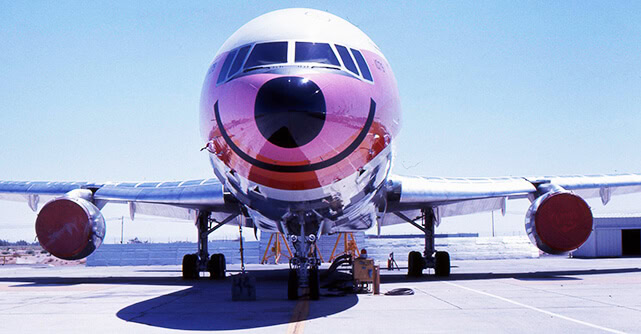This article was originally published by Ensia.
In his State of the Union speech last week, President Obama spoke movingly about addressing climate change. But frankly, the United States government has not yet moved the needle. In fact, the world today is fiddling while future humans are being made subject to worst-case scenarios we have not even thought about. Although we may not admit it publicly, or even to ourselves, every sane person understands that as a society we are performing an uncontrolled experiment on our planet. How big of a shock we subject it to matters tremendously to those who will be alive in the future and who will suffer the unknown consequences of our collective actions.
What society is currently doing to the planet with respect to greenhouse gases is very much like the actions that led to the devastating and deadly Johnstown flood of 1889: dangerously filling up a reservoir with unknown capacity and unknown consequences, with concern for society’s well-being overshadowed by human greed and irresponsible behavior. The lesson is this: It doesn’t matter if you don’t foresee the consequences of your behavior. It doesn’t matter that you didn’t anticipate exactly when or where or how your actions would lead to catastrophic consequences. Certain actions, such as filling up a reservoir, are inherently dangerous, and anyone who engages in such behavior is strictly liable for the consequences of their actions.
As a risk manager, I was taught to worry about worst-case scenarios — even while recognizing that I was not likely to see them coming. As an investor and a former partner heading risk management at Goldman Sachs, I clearly understand that the purpose of risk management is not to eliminate risk, but rather to make sure that risks are priced appropriately. As an economist, I understand that incentives are the most powerful force that society can provide to influence behavior. And yet little is being done today to price climate risk and create appropriate incentives to reduce emissions.
It is our duty to manage the risks to future generations of carbon emissions now. And the way I propose we can best do this is to price the risk in a way that creates appropriate incentives to reduce them — first in aviation and then throughout the global economy.
Why start in aviation? The aviation industry very well understands that Earth’s atmosphere is a reservoir that has a limited capacity to safely absorb emissions. Aviation also knows that there are no alternative technologies on the horizon that will allow people to fly without creating emissions. So for many decades into the future, the aviation industry will need a growing share of the remaining capacity to emit carbon dioxide, giving it a stronger interest than most sectors in quickly reducing emissions and reserving as much capacity as possible for the future. Aviation, with its hard-won expertise in risk management, understands that there is uncertainty about how much capacity Earth’s atmosphere has left to safely absorb emissions — tremendous uncertainty that creates tremendous risk.
The good news is aviation has a head start: The International Civil Aviation Organization is already designing the world’s first internationally harmonized market-based-measure to reduce emissions. This creates an important opportunity for aviation to lead the global effort to reduce the risk of climate change by immediately creating an appropriate benchmark for the incentives needed to reduce emissions throughout the global economy.
For a number of years (2012, 2013, 2014) World Wildlife Fund, on whose board I sit, has partnered with top economists, including several Nobel Prize winners, in calling for carbon pricing that reflects the externality of the risk created by international aviation emissions. The movement in support of this idea is growing. In the coming year, we will work together with the California Public Employees’ Retirement System to engage the global investment community, along with the aviation industry, civil society and governments, to intentionally incorporate the appropriate incentive to reduce emissions in the market-based-measure being designed by ICAO. We will invite all owners of aviation shares to join in this effort.
It is critical that the incentive to reduce CO2 emissions be the same everywhere on the planet in all economic activities, and be at the level that reflects the economic externality of the risk those emissions create. In 2013 the U.S. government estimated that externality to be around $40 per ton, based on the best economic models. But more recently the scientists who wrote the Intergovernmental Panel on Climate Change synthesis report, released late last year, argued persuasively that the economic models behind that estimate are not to be trusted, particularly with respect to their treatment of worst-case scenarios. Therefore the appropriate incentive is even higher. The creation of a benchmark price in aviation, based on the best advice of science and economics working together, is essential and would be a clear signal that will allow incentives to be created quickly and at the appropriate level throughout the global economy.
Risk management is always an urgent priority. All risks should be priced appropriately, immediately. And in no instance is this more critical than for climate risk, which is an existential threat to the planet. For aviation, now is the time to lead the way by creating appropriate incentives to reduce that risk. And for governments, corporate executives, investors and all of the rest of us, now is the time to follow — because it is the right thing to do to protect the well-being of future generations.





